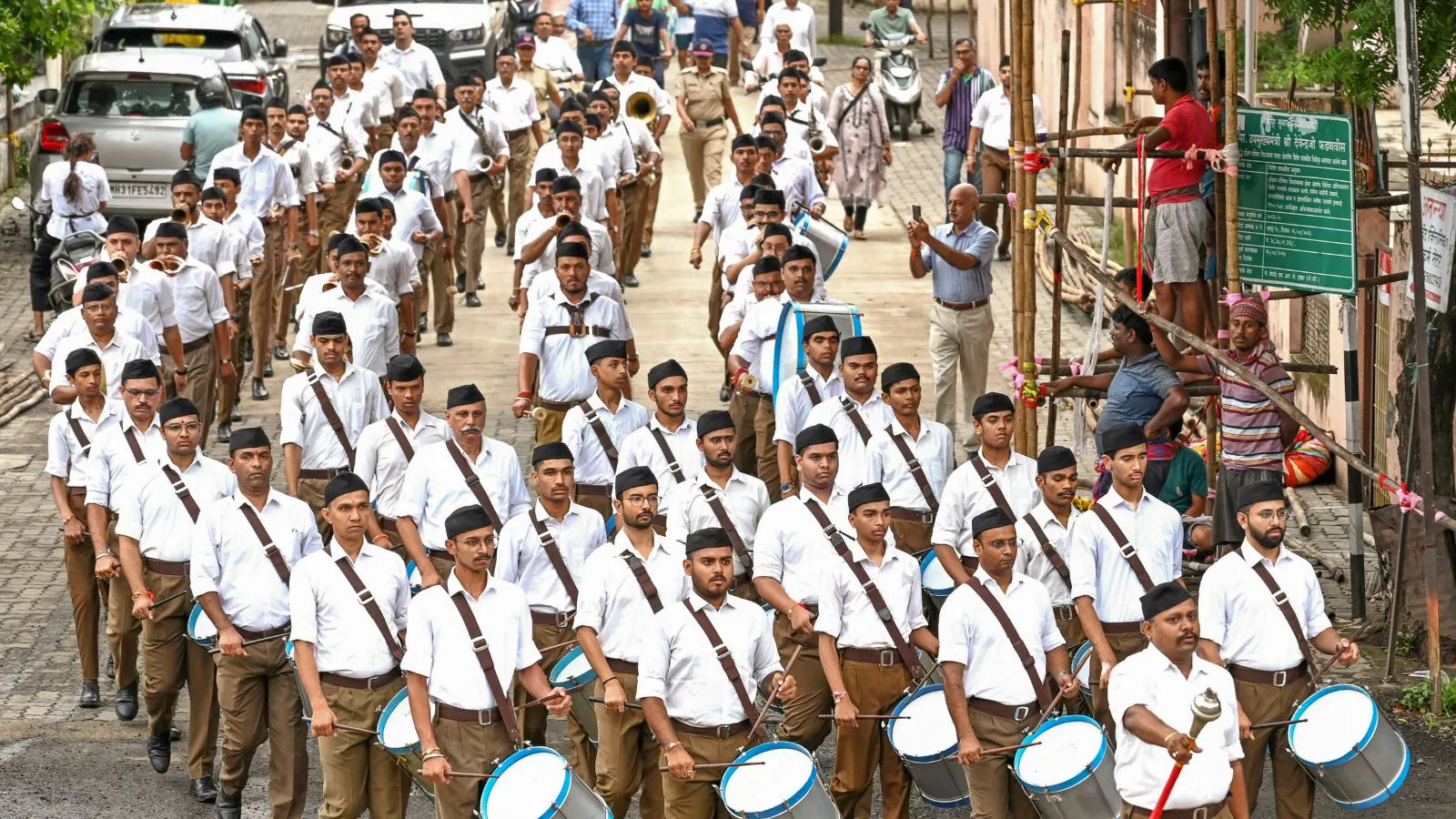By News18,Prakhar Sharma
Copyright news18

They say Nagpur sits at the geographic centre of India. It is a modest sandstone marker, but also a fitting metaphor for an organisation that began there in 1925 and went on to claim a central place in India’s civic imagination. From a playground shakha led by Dr. K.B. Hedgewar and a handful of young men, the Rashtriya Swayamsevak Sangh (RSS) has, over the past hundred years, grown into a sprawling network that touches education, relief, cultural activity, and, indirectly, politics.
The Sangh’s story is not just about scale. It is about method: how a simple, repetitive routine became the foundation for a long-lived institution.
A routine that builds leaders
The RSS still describes its essence as “coming together every day for an hour” which combines physical drills, study and discussion. It is an unremarkable formula, but its strength lies in repetition. Habit builds discipline, discipline builds community, and community builds civic capacity.
That approach was on display in 2024 at a Policy Bootcamp organised by the Rashtram School of Public Leadership at Rishihood University. Asked how the Sangh creates so many leaders, sometimes called a “factory of leadership,” General Secretary Dattatreya Hosabale replied simply: “Come to shakha.”
His answer underscored the point. Leadership here is not about charisma or short courses, but about steady participation in a routine of service and fellowship. Many swayamsevaks, he added, dedicate themselves to building institutions they may never see flourish fully in their own lifetimes, because the horizon is generational, not electoral.
From individual to institution
Scholars often describe the Sangh’s growth in three layers: Vyakti (personal formation), Vichar (ideational cultivation), and Vyavastha (systems). The shakha shapes the individual, study circles provide a civilisational lens, and networks of schools, welfare groups and professional bodies turn goodwill into durable institutions.
The results are tangible. In 2024, the organisation reported more than 72,000 daily shakhas across 45,000 localities. Its affiliates work in student activism, rural development, tribal outreach, education and relief. Many swayamsevaks have moved into public life, including two prime ministers, Atal Bihari Vajpayee and Narendra Modi. As political scientist Walter Andersen observed, “The RSS aims to plan for the long run, while prime ministers and their governments are transitory.”
Service and social presence
The Sangh’s footprint is most visible in crises. After the 2001 Gujarat earthquake, thousands of swayamsevaks joined relief operations alongside state agencies. In the 2013 Uttarakhand floods, volunteers distributed supplies and helped rescue efforts. More recently, RSS-affiliated groups provided food and medicines during floods in Punjab in 2025.
Beyond India, diaspora shakhas in North America, Europe and Africa replicate the routine, giving immigrant communities a sense of cultural continuity. At the core of this network are pracharaks, full-time workers who renounce salaries and often family life to serve. Their personal austerity, whether admired or critiqued, has helped the Sangh maintain grassroots presence for decades.
Criticism and contestation
No account of the Sangh is complete without its critics. Scholars such as Christophe Jaffrelot argue that its worldview has, at times, intersected with communal politics and that its cultural nationalism risks marginalising minorities. Historical flashpoints, from debates over its distance from Gandhi’s assassin Nathuram Godse to controversies around Babri, continue to shape its public perception. Supporters counter that such episodes obscure the Sangh’s civic work and reduce a century-old movement to its political associations. The truth is more complex: the Sangh is both a vast voluntary network and a force that has shaped politics, directly and indirectly.
Civilisation still in conversation
India in 2025 faces enormous opportunities and serious challenges: inequality, climate risks, urban strain, and the demands of global leadership. In such a landscape, voluntary organisations that can mobilise quickly and consistently are vital. The Sangh represents one such model, patient, disciplined and scaled across generations. But its centenary is also a reminder of something older: India is a five-thousand-year-old civilisation still arguing with itself, still experimenting with how to live together. The Sangh, with its daily hour of practice, has found one way to embed itself in that conversation.
When the history of modern India is written, the Sangh will be remembered not only as an organisation but as an institution that inspired generations to think beyond themselves. And perhaps the witty truth is this: in a country where arguments last centuries, it is the quiet builders, not the loudest debaters, who leave the deepest mark.
Prakhar Sharma is an Assistant Professor at Rishihood University and Alumni of TISS Mumbai and London School of Economics. Views expressed in the above piece are personal and solely those of the author. They do not necessarily reflect News18’s views.



